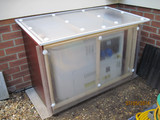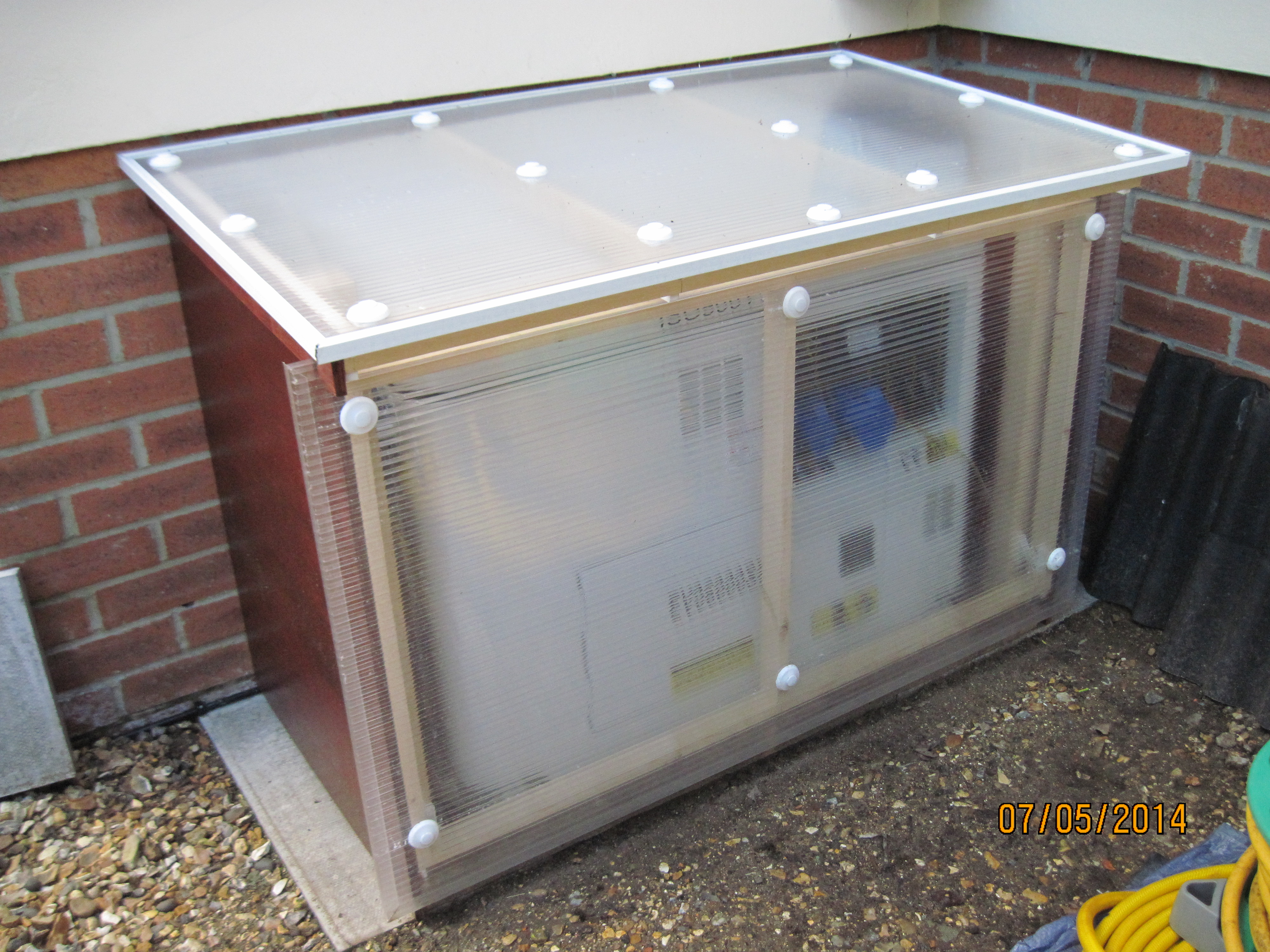Our Top Tips for Buying a Backup Generator

We are living in a world where more and more day-to-day processes are reliant on technology, power and the need to be online.
So, when the power goes out today, it makes a much great impact that it would say even 5 years ago.
The majority of calls over the last month have been to do with backup power.
Energy bills are soaring and the discussions and debates that have arisen since the end of the political party season have been rife with talk of future blackouts, energy shortages and even scheduled power cuts to cope with the swelling demand of the UK's energy consumption.
With this in mind, if you are thinking about standby power, here are some tips for buying a diesel generator at a time when demand is high, and choice is plentiful.
Don't buy cheap, if 'cheap' means you have to compromise on quality or backup.
The internet, especially eBay, are overrun these days with diesel generators with no brand, backup or quality control.
For a few hundred pounds, you can get a generator that looks the same as the next, more expensive diesel generator, but when it comes to walking the walk, it falls flat on its face.
It's at this moment, you realise that you're out of warranty or have to pay through the nose to get someone to fix it locally.
Understand that even a large purchase won't last forever. Maintaining it well will help it last for longer, but make no mistake that you want to this to be and it should be a long term purchase, and by buying a cheaper alternative, you run the risk of losing money and also not getting the backup which is the most important thing.
Do your homework - know what you can run and what you can't.
Typical house backup starts at 5kW, which isn't enough to run the whole house. When the power goes off, what people want to know they can run is heating, lighting and fridges/freezers, but not every household has exactly the same products, and they can differ in power consumption.
The Carbon Footprint website is just one of a few websites that highlights typical consumption of household items and it's worth doing the sums.
If you feel the power consumption you need to run during backup is around 5kW, then you need a generator bigger than 5kW.
It's worth noting that items with motors or large start-up currents incur an inrush current, which means you could need up to 3 times the amount of required power than that needed to actually run the item, so beware or the inrush currents.
Know your kW from your kVA. Understanding the power factor of equipment will help you to get around the sometimes sticky subject of kW vs kVA.
Some people may talk about apparent power, which we would regard as kVA, as it is possible to get a certain power output from particular products depending on the combination of appliances being run, and the power of the machine running them.
It is important to recognise and understand that a generator does not produce power factor – the load does. Therefore, the generator set must be able to react to power factor in the load.
Power factor is one of the most challenging issues we face when applying generator sets, but here’s the most important thing to know about power factor. It is created by the load and the generator must be capable of reacting to it.
Essentially, if you're using a generator with a rated power factor of 1.0 (typically single phase) but using that generator to power something with a power factor of 0.8, you can typically get more kVA out of that generator then you can in kW. This is apparent power.
Real power would be whatever the equipment is rated at, and the limit to that being powered is what the generator can cope with.
Three phase machines are rated slightly differently but, for typical household backup, you do not need to worry about 3-phase supply too much.
Just remember to not get dazzled by higher kVA numbers thinking that you can cover your kW output because, in most cases, you won't be able to.
Do you need automatic switching in a blackout?
It's personal preference, and down to the user to deal with the situation of a power cut in relation to the generator they buy.
Some people are comfortable with switching their own generators on, waiting for it to get up to speed and then applying loads manually, but what happens if this is during the night?
An automatic system can be a little more expensive but, in general, it makes the whole scenario of backup supply a lot easier to manage.
It's also worth making sure the generator you buy is compatible with an ATS. Some are ATS-ready but you will still need to buy a receiver unit and communication cable to get the generator to talk to the ATS panel.
Some cheaper or unbranded generators are not ATS compatible at all, meaning they have to be turned on manually.
Make sure you get everything you need so that you or your qualified electrician can install the generator and ATS panel in one go, and not be waiting around.
Petrol or Diesel?
Modern petrol has a tendency to go stale in a very short space of time. Backup power, as suggested is only used sporadically, and if you're leaving any fuel to just sit in the tank and carburettor whilst waiting to be used, diesel will last longer before going off.
Diesel is also cheaper in terms of economy, especially if you can get hold of red diesel.
Where do I put the generator?
Often questions about 'siting' a generator arise when making a purchase.
It's important to remember that you've spent a lot of money on this machine and you want to make sure you look after it.
Most people appreciate this intuitively, but some then move forward believing the best way to preserve their machine is to try and vent the exhaust whilst running it in their garage or outbuildings.
Now, when these building are external to the house, this can be done on some generators but it does have its own pitfalls.
However, our main concern is that some will try and do this on a connected garage or room within the house.
PLEASE DO NOT RUN AN ENGINE-DRIVEN MACHINE INDOORS.
Any petrol or diesel generator will produce carbon monoxide which is lethal. Petrol fumes are harder to spot, but that doesn't mean you can afford to be any less cautious with diesel. It can kill in minutes and even venting an exhaust can have a certain amount of leakage.
So, do I keep the generator outside?
Well, no, not entirely.
It is to be run outside, yes, but even generators with weatherproof canopies are still susceptible to rain and water damage over time and you would not want these out in the elements all year round.
At the end of the day, it is machine for producing electricity - and this doesn't typically do too well when married with water or moisture.

We would suggest some sort of external housing for the generator itself or, ideally, some sort of lean-to.
Outbuildings that are external are fine but they need to be well vented and not too enclosed, as the generator needs to work in a temperature-controlled atmosphere and cannot get too hot or it can cause damage.
When you have a generator connected to an automatic transfer switch, it is important that you never store the generator inside, as power may fail when you are either out or asleep and fill the house with carbon monoxide.
We would suggest in this instance, a special enclosure or some sort of lean-to.
One of our customers made a special, low-cost enclosure for their generator.
In terms of a manual transfer switch, it is a cheaper alternative to simply wheel the generator outside when needed before starting it.
Ask the questions you need to know. Know your machine, how to maintain it, what you should be doing to keep it ticking over when not in use, where you should store it, how loud it is, where you should run it and all of these important questions that will make you a considerate and attentive generator owner.

